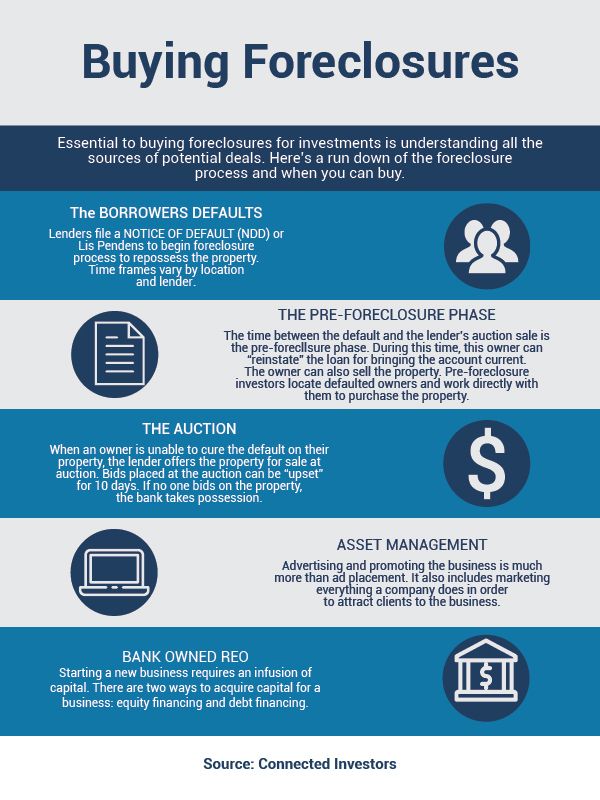This post was guest-written with Ross Hamilton from CIX.
The U.S. housing boom in the early part of the aughts was prelude to the crash at the end of that decade. Foreclosure rates rose 81%, according to the 2008 year end report issued by RealtyTrac.
Today, with time and distance between then and now, we see a much different picture. Earlier this year, in their August Mortgage Monitor report, Black Knight Financial Services reported that foreclosure inventory hit a 10-year low.
The decline in the foreclosure rate can be attributed to a number of factors. One component the data does not explore, however, is fintech - how technology in the financial sector has shaped the capacity of enterprise to positively impact foreclosure rates.
The general public often visualizes foreclosure as the bank-owned property down the street that’s become an eyesore. But anyone who is more closely linked to mortgage servicing, real estate investing, and asset management more likely recognizes that foreclosure is a process with multiple phases. And interventions at any phase can positively impact the outcome of the foreclosure.

Credit: Rachael Minnick
First, let’s take a look at the JOBS Act. Among other things, The Jumpstart Our Business Startups Act opened the door for a larger pool of investors. Prior to the JOBS act, only the super wealthy had the opportunity to invest in certain sectors, including real estate crowdfunding.
When we talk about foreclosures and crowdfunding, we’re not talking about Billy Jo and Bobby Sue setting up a fundraising account to collect funds to save their house. While that’s a big plus, the real impact come when companies like American Homeowner Preservation (my company) are able to step into the market to ignite positive change. It’s through the JOBS Act and technology that we’re able to do this.
Anyone who has participated in any type of crowdfunding knows that you don’t visit a local broker in order to participate. Crowdfunding is tech based activity - and in the realm of real estate investing, it’s a one-stop digital enterprise that has reshaped the way people invest. Online crowdfunding portals are where individual investors explore and vet projects and properties, and can invest for returns in debt or equity-based real estate investments.
We also can’t ignore the impact of another subset of investors who have positively impacted foreclosures in the U.S - those who buy distressed properties and bring them back to market condition for resale or rental. For a good number of years after the housing bubble burst, this group of investors experienced a drought in the availability of capital. Available funding for the purchase and renovation of distressed and foreclosed properties fell off, and many properties sat unoccupied, suffering from neglect or vandalism. Property values were negatively impacted as the market stalled.
The lending industry eventually responded to the capital needs for this subset of homebuyer. Ultimately, technology has streamlined the access to capital needed to purchase and renovate distressed homes. Private money mortgage lending stepped in to meet the need that traditional lenders were not offering. Real estate investors can now fund their properties and projects entirely through online portals, allowing them to finance properties more quickly and focus on the renovation and remarketing of formerly distressed homes.
Technology and enterprise combined with effective legislation such as the JOBS Act has positively impacted families, neighborhoods, communities and the real estate market as a whole.
